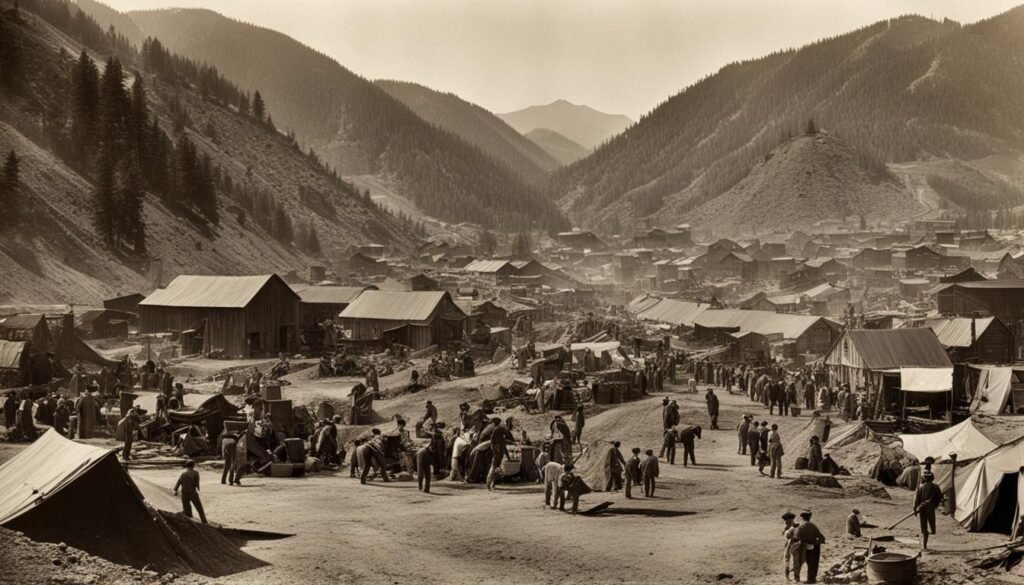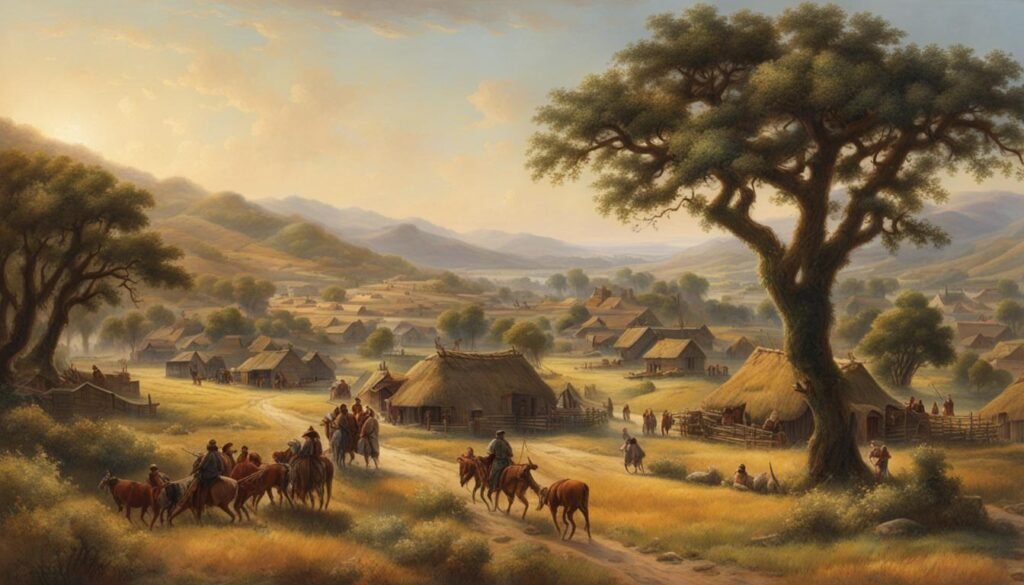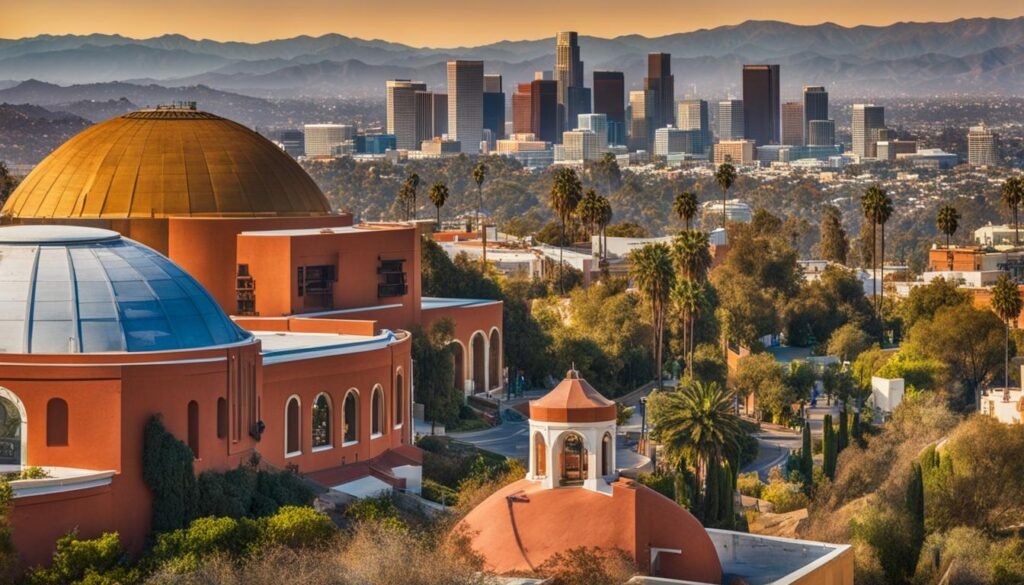Have you ever wondered where the Pacific Ocean is located? Well, you’re in the right place! Let’s explore the whereabouts of this vast body of water that covers a significant portion of our planet.
The Pacific Ocean is situated between the continents of Asia and Australia to the west, and North America and South America to the east. It stretches from the Arctic region in the north to the Antarctic region in the south, covering an impressive distance of approximately 9,600 miles. It is indeed the largest ocean on Earth, occupying about one-third of the planet’s surface.
Key Takeaways:
- The Pacific Ocean is located between Asia and Australia to the west, and North America and South America to the east.
- The Pacific Ocean spans from the Arctic region in the north to the Antarctic region in the south.
- It is the largest ocean in the world, covering about one-third of the Earth’s surface.
The Immense Size of the Pacific Ocean
The Pacific Ocean is truly astounding in its sheer size and magnitude. Covering an area of approximately 62.5 million square miles, excluding the South China Sea, it is the largest division of the hydrosphere, surpassing the total land surface of the entire globe. Its vastness is incomparable, making it the largest ocean in the world.
But it’s not just its surface area that impresses. The Pacific Ocean also holds the title for being the deepest ocean on Earth. With an average depth of 14,040 feet, this ocean reaches incredible depths that are beyond human comprehension. The Mariana Trench, located within the Pacific Ocean, is home to the greatest known depth, plunging down to an astonishing 36,201 feet. This makes it the deepest point on Earth and a marvel of nature.
Just imagine the vast expanse, the unfathomable depths, and the mysterious wonders that lie beneath the surface of the Pacific Ocean. It’s awe-inspiring to think about the diverse marine life and unique geological features that thrive within its waters.
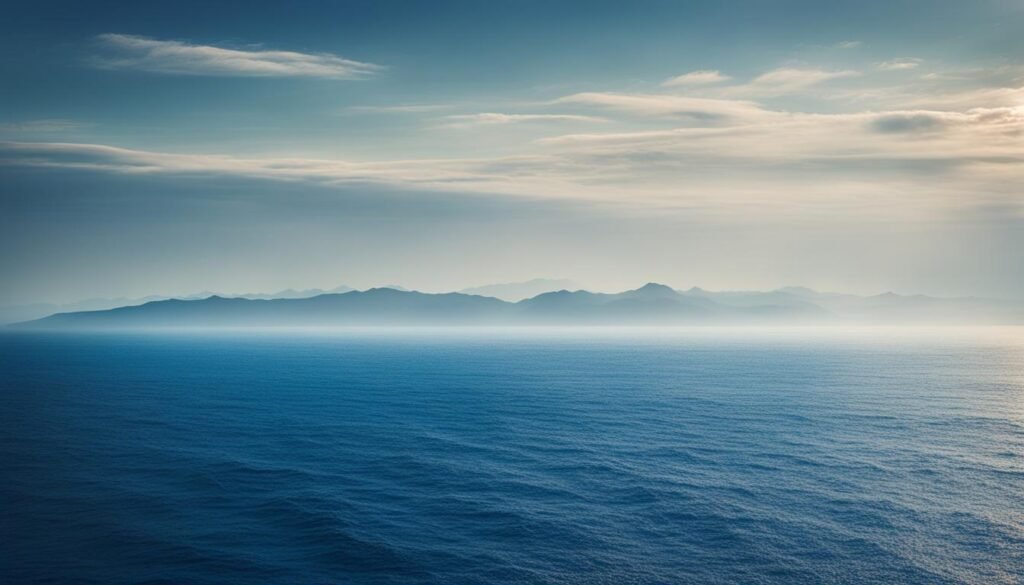
As you can see from the accompanying map, the Pacific Ocean stretches across vast regions, including the western coastlines of the United States. It is truly a dominant presence, shaping the climate, ecosystems, and landscapes of coastal regions throughout North and South America and the islands sprinkled across its expansive borders.
With its immense size and breathtaking depths, the Pacific Ocean is a force to be reckoned with. Its grandeur and significance cannot be overstated, and exploring its wonders continues to captivate scientists, researchers, and enthusiasts from all corners of the world.
The Pacific Ocean’s Longitude and Latitude Extent
The Pacific Ocean is a vast body of water that extends from the Bering Strait near the Arctic Circle to 60° S latitude, covering a vast range of 135° of latitude. It spans approximately 9,000 miles from east to west along the 5° N latitude. The Pacific Ocean is located between the continents of Asia and Australia on the west and North America and South America on the east.
The climate of the Pacific Ocean varies greatly depending on its location. It experiences a wide range of climates, from tropical in the equatorial regions to polar in the northern and southern latitudes. The warm waters of the Pacific Ocean contribute to the formation of tropical cyclones, while the cold waters in the higher latitudes influence the formation of polar climates.
The coordinates of the Pacific Ocean are 0°N, 160°W. These coordinates indicate that the equator, which is located at 0° latitude, cuts through the Pacific Ocean near the International Date Line at 160° west longitude.
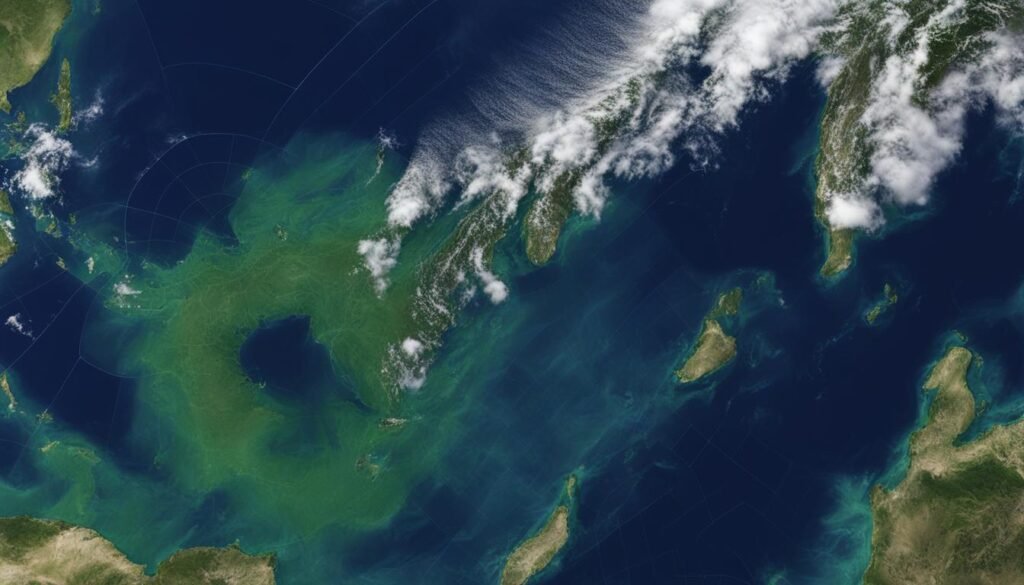
As seen on the map above, the North Pacific Ocean encompasses a vast area, stretching from the Bering Strait in the north to the equator in the south. This region experiences diverse climates and is home to numerous marine ecosystems. The Pacific Ocean’s extensive latitude and longitude extent make it a crucial part of the Earth’s geography.
The Pacific Ocean’s Marginal Seas
The Pacific Ocean is surrounded by several major marginal seas, including the Philippine Sea, South China Sea, East China Sea, Sea of Japan, and the Bering Sea. These marginal seas are important regions for marine biodiversity and support a variety of island chains and archipelagos.
Many countries are located within the Pacific Ocean, such as the United States, Japan, China, Indonesia, and Australia.
- Philippine Sea
- South China Sea
- East China Sea
- Sea of Japan
- Bering Sea
The Pacific Ocean’s Unique Features
The Pacific Ocean is home to several unique features that set it apart from other bodies of water.
The Ring of Fire
One of the notable features of the Pacific Ocean is the Ring of Fire. This region is characterized by intense earthquake and volcanic activity along the edges of the Pacific Ocean. It forms a nearly continuous loop of seismic activity, encompassing the coasts of North America, Asia, and the western edges of South America. The Ring of Fire is responsible for about 90% of the world’s earthquakes, making it a hotbed for geological activity.
The Mariana Trench
The Pacific Ocean is also home to the Mariana Trench, which is the deepest known spot on Earth. Located in the western Pacific, the Mariana Trench reaches a depth of approximately seven miles (36,201 feet). This extreme depth has fascinated scientists and explorers for centuries, and expeditions continue to venture into its depths to study its unique ecosystems and geological formations.
Exploration and Research
Due to its vastness and unique characteristics, the Pacific Ocean has been a subject of exploration and research for many years. Scientists and explorers have embarked on numerous expeditions to explore the depths of the Pacific Ocean and uncover its secrets. These expeditions aim to study the diverse ecosystems and understand the geological processes that shape the ocean floor. Through these efforts, we have gained valuable insights into the Pacific Ocean’s biodiversity, geology, and its role in the Earth’s ecosystem.
Overall, the Pacific Ocean’s unique features, such as the Ring of Fire and the Mariana Trench, make it an intriguing and vital area for scientific exploration and research.
Conclusion
The Pacific Ocean is a remarkable body of water that stretches across vast distances, encompassing diverse ecosystems and captivating features. As the largest and deepest ocean on Earth, it holds a significant place in our planet’s geography.
One of the fascinating aspects of the Pacific Ocean is the presence of numerous countries within its realm. From the United States and Japan to China, Indonesia, and Australia, these nations are situated along its shores and have a strong connection to its waters. This not only influences their economies but also shapes their cultures and ways of life.
Moreover, the Pacific Ocean continues to be a subject of exploration and discovery. Scientists and researchers delve into its depths, unveiling hidden treasures and unraveling the mysteries of its unique marine ecosystems. The ongoing study of the Pacific Ocean contributes to our understanding of the Earth’s history and provides valuable insights into the impacts of climate change.
In conclusion, the Pacific Ocean is not only a geographical marvel but also a dynamic entity that encompasses numerous countries and drives scientific exploration. Its vastness and significance make it a subject of constant fascination for those seeking to unravel its secrets and appreciate its remarkable beauty.
FAQ
Where is the Pacific Ocean located?
The Pacific Ocean is located between the continents of Asia and Australia on the west and North America and South America on the east. It stretches from the Arctic region in the north to the Antarctic region in the south.
Can you show me the Pacific Ocean on a map?
Yes, the Pacific Ocean can be found on maps by locating the vast body of water extending from the Arctic region in the north to the Antarctic region in the south.
How deep is the Pacific Ocean?
The average depth of the Pacific Ocean is 14,040 feet, with the Mariana Trench, located in the Pacific Ocean, being the deepest point on Earth, reaching a depth of approximately 36,201 feet.
What is the longitude and latitude extent of the Pacific Ocean?
The Pacific Ocean extends from the Bering Strait near the Arctic Circle to 60° S latitude and covers a vast range of 135° of latitude. Along the 5° N latitude, it spans approximately 9,000 miles from east to west.
What are the marginal seas surrounding the Pacific Ocean?
The Pacific Ocean is surrounded by several major marginal seas, including the Philippine Sea, South China Sea, East China Sea, Sea of Japan, and the Bering Sea. These marginal seas are important regions for marine biodiversity and support a variety of island chains and archipelagos.
What are some unique features of the Pacific Ocean?
The Pacific Ocean is known for its unique features, such as the Ring of Fire, a region of intense earthquake and volcanic activity along its edges. It is also home to the Mariana Trench, the deepest known spot on Earth, reaching a depth of approximately seven miles.
Are there any countries in the Pacific Ocean?
Yes, many countries are located within the Pacific Ocean, including the United States, Japan, China, Indonesia, and Australia.


